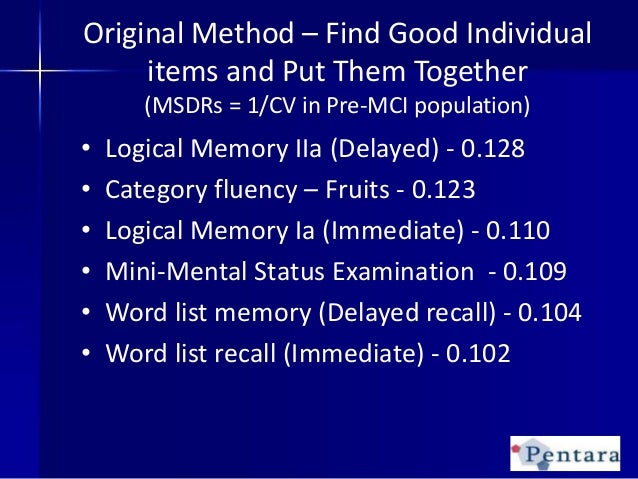

Phonological processing deficits are recognized as the marker of Developmental Dyslexia. In Dyslexia, these characteristics are present ( Cain and Oakhill, 2006). It seems logical to think that when the understanding ability is preserved, but reading is slow and inaccurate, being aware of the phonological working memory capacity is essential. Many other studies have investigated working memory capacity and its relations with the final product, which is reading comprehension ( Daneman and Carpenter, 1980 Just and Carpenter, 1992 Seigneuric et al., 2000). Whatever the condition of decoding, the working memory allows the information to be kept until some issue with the sense of the text is resolved. Thus, the role of working memory on the comprehension of the written text is also known. Therefore, components of phonological processing are fundamental to this initial process of decoding written words and will allow, in advance, automatic word recognition, enabling the direction of the skills for attention, memory and reasoning to understand the text ( Wagner et al., 1987 Torgensen et al., 1994). Many pieces of research confirm the importance of the integrity of the phonological system and the proper functioning of the processing of that information stored in a well-categorized manner, for the good performance in the decoding of written words ( Ramus, 2001 Cain et al., 2004 Ramus and Szenkovits, 2008 Nevo and Breznitz, 2013). There were negative correlations between pseudowords repetition and TC answers and total score, both in listening comprehension. Students of GDys showed worst performance in reading decoding, phonological short-term memory (pseudowords) and on inferences that depends on textual cohesion understanding in reading. There was no correlation with the parameters of reading comprehension.Ĭonclusion: GDys and CG showed similar performance in listening comprehension and in understanding of explicit information and gap-filling inference on reading comprehension. For the sample without complaint, there were positive correlations between some parameters of reading fluency and repetition of pseudowords and also between answering literal questions in listening comprehension and repetition of digits on the direct and reverse order.

No correlations were found between operational and short-term memory (Digit Span) and parameters of fluency and reading comprehension in dyslexia. In this group there were negative correlations between pseudowords repetition and TC answers and total score, both on listening comprehension. Results: The comparison of the groups showed significant differences in decoding, phonological short-term memory (repetition of pseudowords) and answers to text-connecting questions (TC) on reading comprehension, with the worst performances identified for GDys. Reading of words, pseudowords and text (decoding) listening and reading comprehension phonological short-term and working memory (repetition of pseudowords and Digit Span) were evaluated. Method: One hundred and fifteen students from the third to eighth grade of elementary school were grouped into a Control Group (CG) and Group with Dyslexia (GDys). Purpose: To investigate parameters related to fluency, reading comprehension and phonological processing (operational and short-term memory) and identify potential correlation between the variables in Dyslexia and in the absence of reading difficulties. 2Speech Language and Hearing Department, State University São Paulo, Marília, Brazil.1Speech Language and Hearing Department, Federal University of São Paulo, São Paulo, Brazil.


 0 kommentar(er)
0 kommentar(er)
